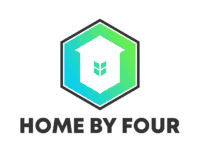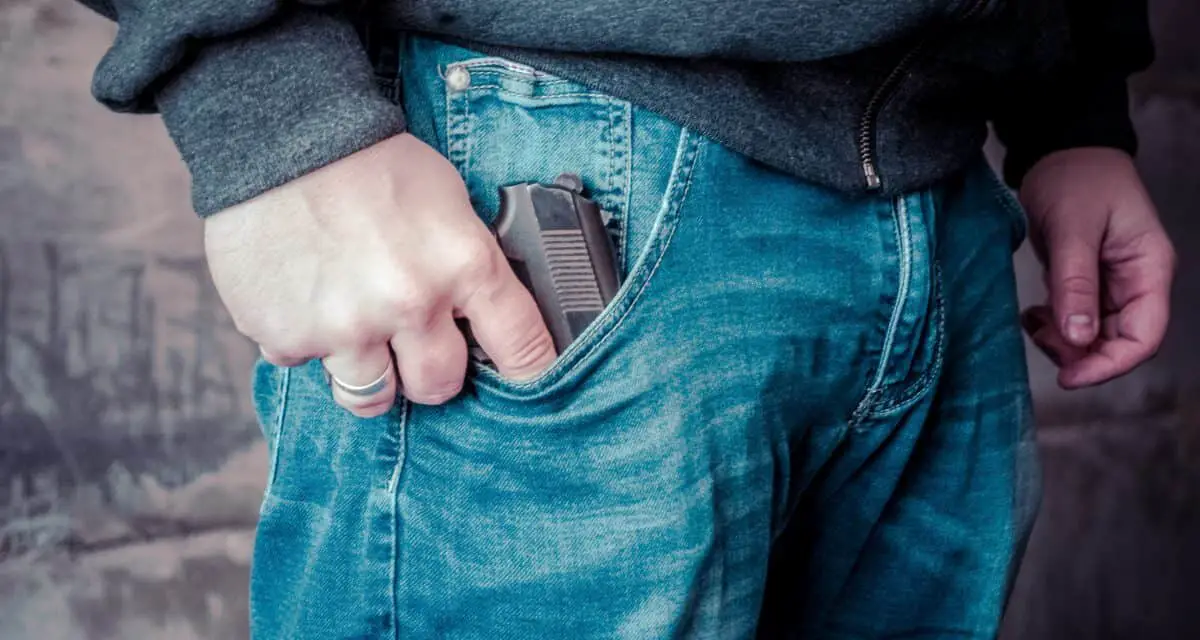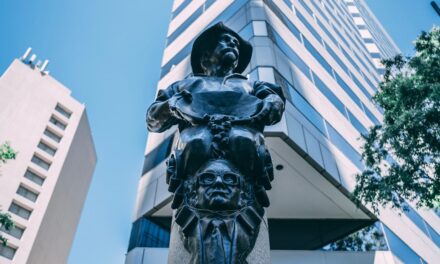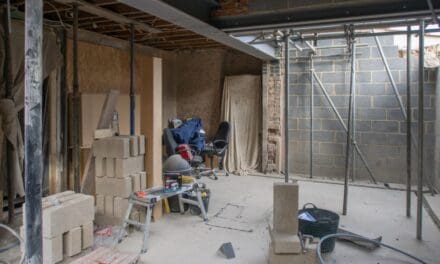Are you considering a move to the Queen City? Charlotte boasts some beautiful neighborhoods, but unfortunately also contains some places where crime can make you afraid to step out your front door. Unfortunately, these most dangerous places in Charlotte feel more like war zones than Home Sweet Home, with too-frequent assaults and gunfire.
We’ve gathered the statistics and chosen the areas of Charlotte with the highest numbers of violent crimes, so you’ll know for sure where you don’t want to live. Then, we offer some safer options at lots of income levels so that you can pick the right neighborhood for you.
Pinecrest
Located in West Charlotte, between downtown and Charlotte Douglas International Airport, the small neighborhood of Pinecrest holds the dubious honors of median income (about $22,500/year) and highest crime rates. In many places, poverty and violence seem to go hand-in-hand, and Pinecrest offers no exception.
Estimates put Pinecrest’s violent crime rate at more than ten times higher than the national average. For instance, between July and September 2021, we counted ten shootings and thirteen assaults in Pinecrest – twenty-three violent crimes in ninety days. To put that in context, in a neighborhood of only 227 people, a violent crime occurred every four days.
Lincoln Heights
Lincoln Heights lies at the intersection of two interstates – Interstate 77 (north/south) and Interstate 85 (east/west). The largest of our most dangerous places to live, Lincoln Heights began its life as a planned suburban neighborhood reserved for White residents only. Today it has about 2400 residents of all races.
Charlotte has grown so that now Lincoln Heights can hardly be called suburban but instead lies along routes that allow a good deal of in-and-out traffic, where criminals can commit crimes and get away quickly. Home values have fallen to average only about $79,050, and the median income hovers at about $25,335 per year.
The violent crime in Lincoln Heights compares unfavorably, at about nine times the national average. During ninety days from July to September 2021, we counted fifteen violent crimes in Lincoln Heights. Seven shootings and eight assaults mean a lot of violence in the streets, even in a bigger neighborhood.
Tryon Hills
Just northeast of downtown, Tryon Hills holds promise as part of the NorthEnd neighborhood that developers hope will follow the renovation and gentrification paths that have worked in other downtown areas. However, for right now, Tryon Hills remains a neighborhood where you shouldn’t walk alone at night.
With a violent crime rate estimated at nearly eight times higher than the national average, and a median income of only about $22,400/year, for right now, Tryon Hills feels like another depressed area, just hoping for a brighter future.
During our sample period of July through September 2021, Tryon Hills saw seven shootings and seven assaults. With a population of about 1,500 people, a violent crime occurred about every six days.
Seversville
Settled in the nineteenth century, Seversville began as a neighborhood northwest of town. Now, Charlotte sprawls past all its previous bedroom communities, and “town” in the nineteenth century has become “downtown” in the twenty-first century. Seversville lies northwest of downtown, west of Beattie’s Ford Road and south of Rozzelle’s Ferry Road.
With home values at around $108,000, about 600 people call Seversville home, most renting. Unfortunately, violent crime averages about 659% of the national average, so its idyllic history has faded.
During late summer 2021, Seversville saw eight shootings and seven assaults, for a total of fifteen very violent crimes. Like many neighborhoods west of Interstate 77 and Beattie’s Ford Road, Seversville feels like the “wrong side of the tracks.”
Smallwood
Just north of Seversville, and part of the same lower-income area, lies Smallwood. With a slightly higher median income than our other dangerous areas of town (about $30,000 per year), Smallwood nonetheless has low home values of just about $57,000.
Violent crime here tops 627% of the national average, and from July through September 2021, seventeen separate instances of very violent crime took place. That means a shooting or assault happens about every five days. With a population of about 1200 people, the per capita crime rate makes this a too dangerous-for-comfort neighborhood.
If you’re concerned about your safety, She’s Birdie carries a personal alarm keychain.
Safer Places to Live in Charlotte
Now you know where you don’t want to move in Charlotte. Here are some safer alternatives, regardless of your budget.
- Are you making over $200,000 a year? Myers Park and Eastover offer the pleasantries of downtown life in historic neighborhoods with tree-lined streets and great big yards.
- North Charlotte can still remember its rural history and offers some distance from the hustle and bustle of downtown for those willing to commute. With a median income of about $75,000, the neighbors will still earn more than Charlotte’s city-wide average of about $63,000.
- The historically Black neighborhood of Cherry, near Myers Park, has undergone significant gentrification and renovation during recent years. Nevertheless, residents work toward preserving the neighborhood’s rich history and family-focus, while moving forward into a prosperous future, with residents averaging about $55,000 a year annual income.
- Briarcreek-Woodland, east of downtown, will also require some commuting but has an average income of about $35,000 a year and significantly lower crime than any of our more dangerous neighborhoods.
Any of these neighborhoods will help you enjoy the best of Charlotte, with safer streets and many career and educational opportunities.
Conclusion
With its thriving banking industry, vibrant cultural life, and temperate climate, Charlotte makes a great home for many families. But it’s important to know what neighborhoods are same for your family. Do a little research and be safe.



